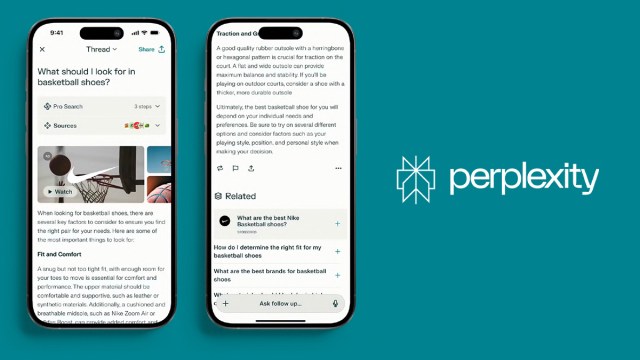Perplexity Is Referring Modest Traffic to Publishers, Even to Those Who Try Blocking It
Drive business and brand growth with winning media strategies at Mediaweek. Hear from experts at TIME, Peloton, YouTube, Google and more, October 29-30 in New York City. Register.
Publishers are starting to see referral traffic from AI search engine Perplexity, according to data from three sources.
The New York Times, The Guardian, and Forbes are all seeing traffic referrals, despite having previously blocked Perplexity’s bots from crawling their content.
Forbes, the news site benefitting from Perplexity’s referral traffic the most, per Similarweb data, received 236,300 visits from Perplexity in August 2024, up from 10,800 in August 2023. The New York Times followed with 96,600 visits, an increase from 11,600 visits year-on-year. The Guardian saw 76,800 visits, a rise from 6,700 visits in August 2023. These news publishers were followed by India Times, BBC, and CNN.
Nearly 13% of the global traffic Perplexity’s search engine refers went to news and media sites, per Similarweb. The rest went to platforms like Google, Reddit, and adult sites.
It’s worth noting that, even in Forbes’ case, 236,300 visits is a tiny portion of its traffic. Referrals make up 3.3% of Forbes’ traffic, per Similarweb. Of total referral traffic, Perplexity is the second most significant behind Wikipedia, referring 9% of traffic, (Perplexity referral traffic is actually down by 23.3% month-over-month). Organic search (Google) makes up 75% of traffic to Forbes, while social makes up 7.11%.
“The New York Times has between 50 and 100 million visitors to our website per week. I don’t really see that number [by Perplexity] as significant,” a New York Times spokesperson told ADWEEK. “Even if Perplexity would refer to publishers, is that interrupting what would normally be a direct connection between a reader and a publisher? It can’t be assumed that it’s 100% of people unfamiliar or unaccustomed to reading The New York Times.”
In Q1 2024, Perplexity reached 15 million monthly users, per Wired, as people gradually adapt to AI-enabled search.
Publishers like The New York Times have blocked Perplexity’s bots from accessing their sites, fearing the potential for regurgitated content to undermine their revenue models. Perplexity has signed multiyear agreements with publishers like Time and Fortune as part of its Publisher Program, which aims to share ad revenue whenever their content appears alongside ads. The search engine is expected to start serving ads in Q4.
Despite Perplexity bots, Google AI threat looms
The Guardian, while declining to comment specifically for this story, pointed instead to what it told ADWEEK in June, that it blocked Perplexity bots and requested to secure a commercial license for using its intellectual property. The New York Times continues to block Perplexity bots. Forbes did not respond to a media request.
Perplexity responded by referring to its blog stating that it “respects robots.txt.” The blog explained, “Perplexity will not crawl full or partial text content of a news publisher that has disallowed PerplexityBot via robots.txt. Some news web pages may still be indexed even if a page is blocked via robots.txt. In this instance, only the website domain, headline, and a factual summary of the page are added to our search index.”
“Traditional SEO and understanding how Google is incorporating AI is still a much bigger concern [for publishers] than the relatively small volume of traffic being driven by Perplexity,” said David Carr David Carr, editor, insights news and research, Similarweb.
Data from Semrush found a 490.5% year-over-year growth in referral traffic from Perplexity to 7,023 U.S. websites in August, with a peak in June. It’s worth noting that this is from a relatively small base.
The Semrush sites monitored include government and educational websites like the National Institute of Health (nih.gov) and Wikipedia receiving 1.93% and 1.25% of their traffic from Perplexity, respectively. Meanwhile, news sites command only 0.56% of the referral traffic, according to Semrush.
Chartbeat’s analysis of 5,013 sites across 71 countries shows that education-related sites—those focused on teaching, universities, and teacher training—are receiving the highest referral traffic from Perplexity. These sites account for 3,935 of the 860,257 total page views analyzed, representing 0.00457% of total referral traffic in the U.S.
As this last stat shows, Perplexity referral traffic is still modest, for now.
https://www.adweek.com/media/perplexity-referring-traffic-to-publishers/

